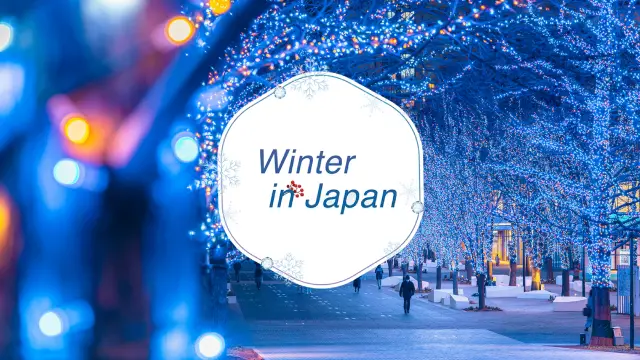
Watch, Eat, and Experience! Sightseeing Guide for Kiryu and Ashikaga, Possible Even as a Day Trip from Tokyo!
The Kiryu and Ashikaga areas are accessible from Tokyo even for just a day trip, and not only are they great places to enjoy activities surrounded by beautiful nature, but they also offer plenty of places to take in, including nostalgic old townscapes and power spots!

































